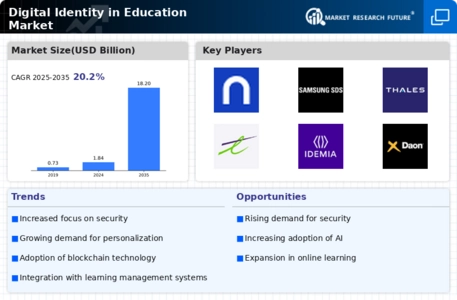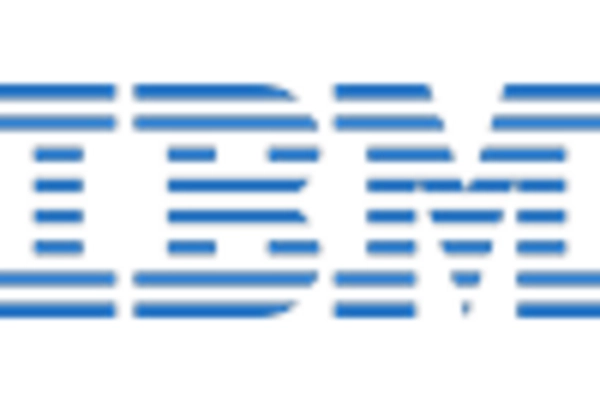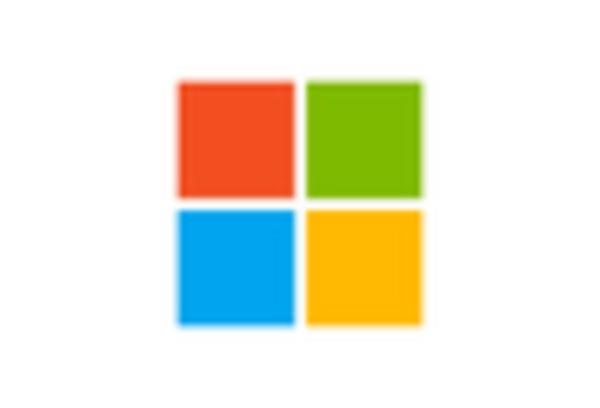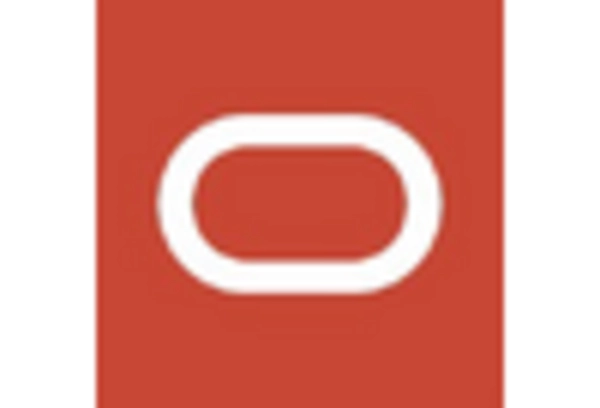Market Share
Digital Identity in Education market Share Analysis
The growth in popularity of biometric scanning, such as fingerprint scanning together with facial recognition, adds to the authenticity of students and faculty in an era where identity theft is a major concern, as well as the need for enhanced security systems in schools. An increasingly technological environment within educational institutions has given rise to an imperative of robust Digital Identity management. Additionally, it is important to note that there has been a recent adoption by many organizations of single sign-on (SSO) solutions that allow users to authenticate into multiple applications and platforms using one username and password. This aids not only in convenience for users but also reduces the authentication process, streamlining it, making it easier for IT departments, and enhancing safety. Furthermore, cloud-based identity management systems are becoming widespread across education sectors as they offer scalable, cost-effective, and flexible solutions for all sizes of institutions. This trend is driven by the increasing demand for centralized identity control and the need to accommodate remote learning environments. Additionally, the advent of blockchain technology is set to overhaul Digital Identity management in education. It offers a decentralized and unalterable way to validate and store personal information, hence preventing data breaches and unauthorized access to it. Schools are now considering using blockchain because it could create digital records that can't be changed, indicating students' accomplishments. Furthermore, there is an increasing focus on user privacy and consent management in Digital Identity solutions. The General Data Protection Regulation (GDPR) and the California Consumer Privacy Act (CCPA), among other regulations, have come with a lot of protection for student data, which institutions have implemented. Moreover, the Covid-19 pandemic has accelerated the adoption of Digital Identity solutions in education, as remote learning and online assessments have become the new norm.

















Leave a Comment